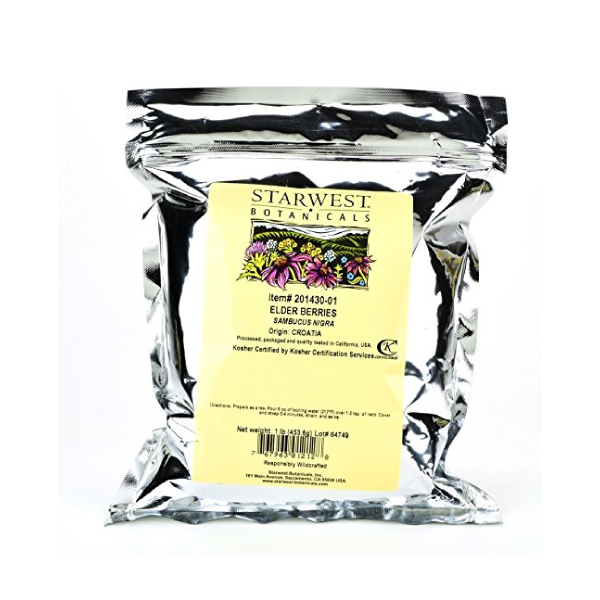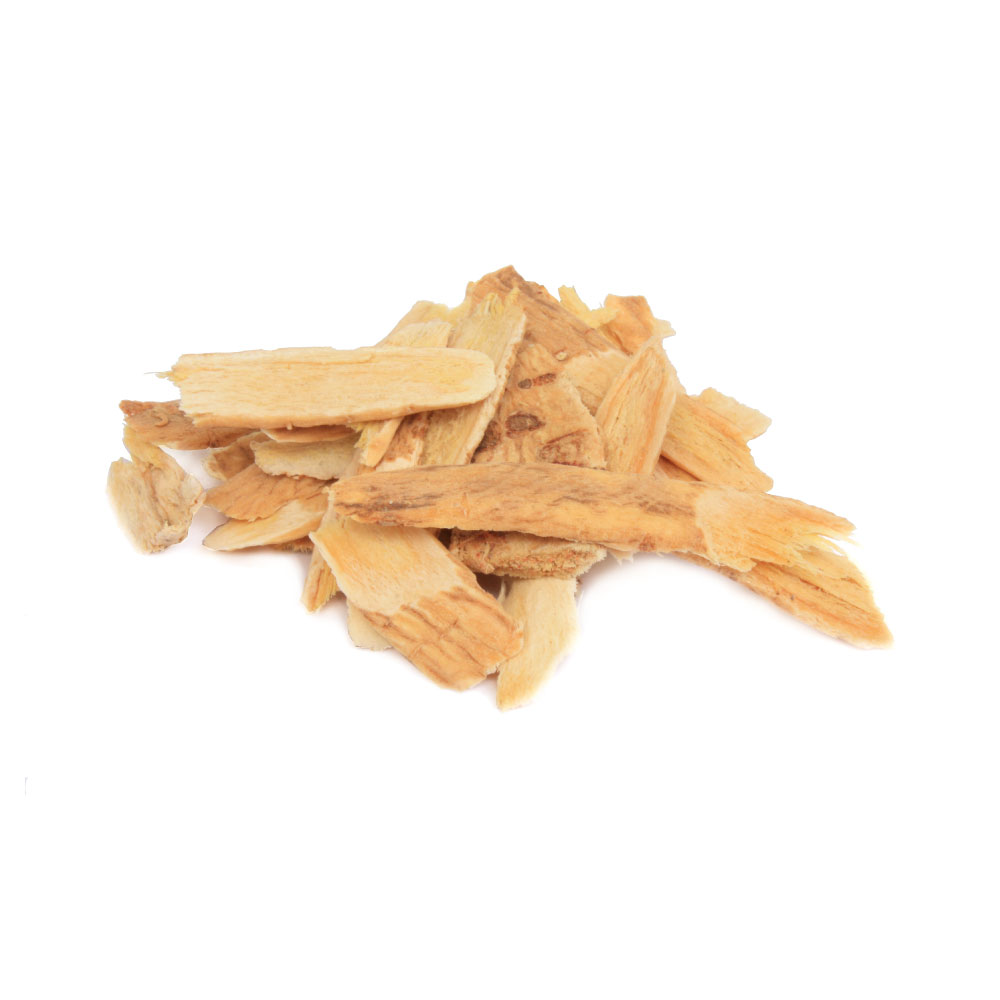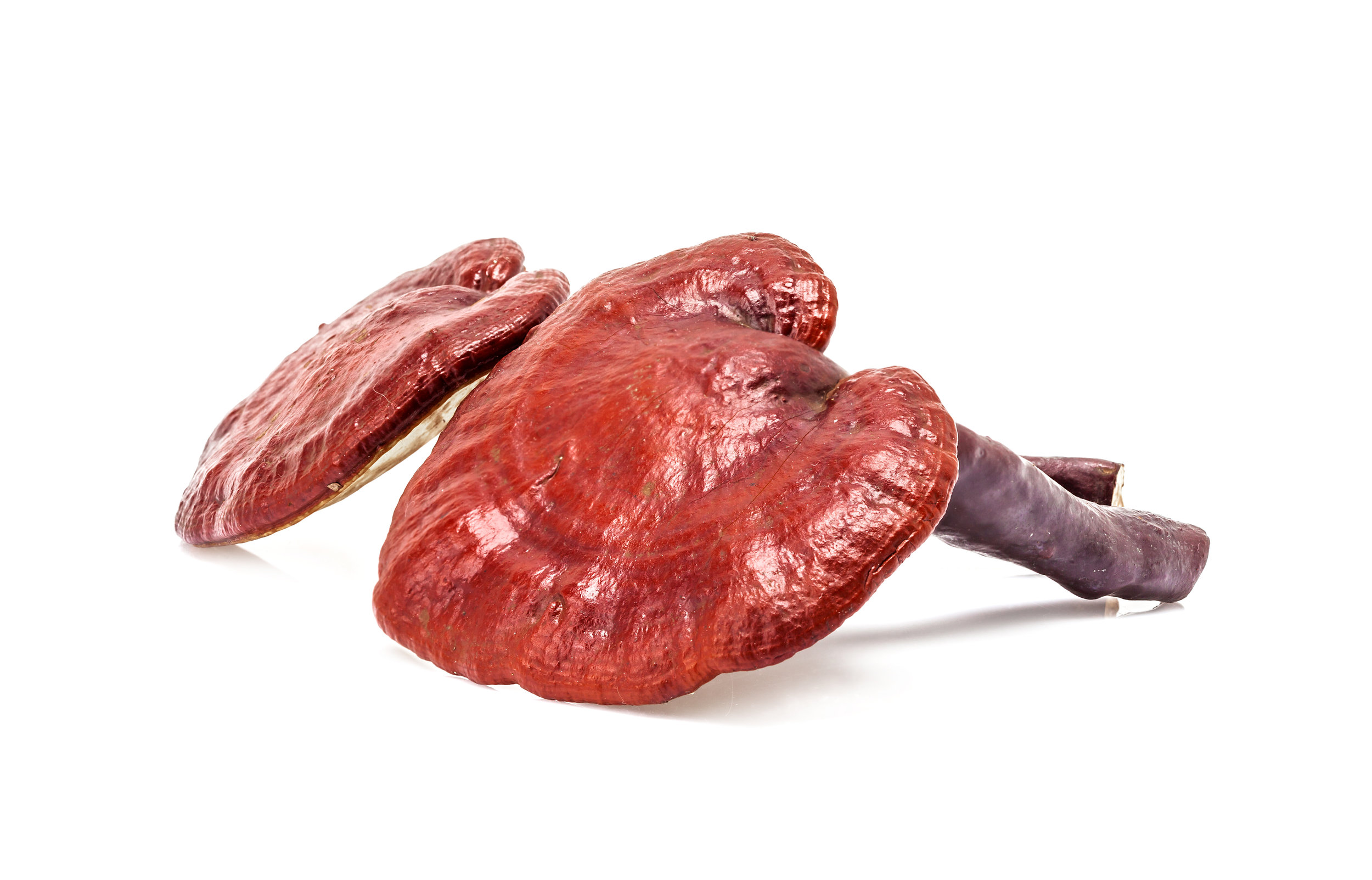Viral infection poses a significant risk to public health across the world.
Elder offers a unique mechanism of stopping the influenza infection.
In the past 100 years there have been four significant outbreaks of influenza, one of which wiped out nearly 6% of the worlds entire population, making it arguably the most catastrophic events in human history.
The problem with influenza is that it mutates rapidly, allowing it to change and adapt to different environments. Through this mutation and adaptation, influenza is able to develop resistance to the most common drugs used to treat it.
Eventually, in much the same way as drug resistant bacteria, the infection will no longer be treatable.
Thus increasing the severity of the disease significantly.
Plant medicine offers some support with slowing or preventing resistance to treatment.
There are often many chemicals in plants that provide similar effects, or ameliorate the mechanisms of resistance (for example).
In the case of influenza, having multiple inhibitory effects on different stages of the infection process can both reduce the chances of resistance, and increase efficacy.
How Pharmaceutical Medications Treat Influenza
There are 3 main anti-influenza medications on the market, which I have written about in more detail in my recent article on Drug Therapies For Influenza.
Modern drugs include Zanamivir, Oseltamivir, and Peramivir.
These medications mainly work off a viral protein known as neuraminidase, which is essential for allowing newly formed viruses to exit our cells to infect new host cells.
In recent years, however, there have been increased reports of resistance to these medications.
Older anti-influenza medications work off a special ion channel contained in the viral envelope of influenza A (not B or C).
By inhibiting this ion channel, the virus cannot infect the nucleus of the cell to create new copies of itself, thus inhibiting the infection.
Unfortunately drug resistant strains of influenza are so common to these medications they are no longer reliable, and not commonly used.
The problem with these medications is that because there is only one chemical involved, with one mechanism, it's easy for a virus to develop resistance.
What Is Elder?
Elder, (Sambucus spp.) is a common shrub or tree species found around the world.
The berries, bark, and leaves are used in traditional medical systems for upper respiratory tract infections, and a few other conditions not related to infection.
The use of elder dates back a very long time.
Evidence of elder seeds, pollen, and dried fruits have been found at a Bronze Age archaeological site in Tuscany (Italy) [2], a Neolithic site in the French Alps [3], and a Durankulak site on the Black Sea coast and north-eastern Bulgaria [3].
In recent years, elder has seen a surge in popularity after a series of case studies suggested its efficacy for influenza.
Since then, there’s been an increase in scientific research on the plant to identify the mechanisms, in the hopes of developing new drugs to treat drug resistant strains of influenza.
Studying the plant is difficult, since the phytochemical profile of the plant is so complex. Finding the mechanisms of action for a plant with as much as 100 active ingredients is incredibly challenging.
How Does Elder Fight Viral Infection?
In a recent article discussing the mechanisms behind how the influenza virus infects our cells, I highlighted the main steps needed for influenza to enter and infect our cells.
This is important to understand when talking about treatment mechanisms for the virus so if you are not familiar with how influenza works I suggest you start at this article.
1. Neuraminidase:
As mentioned, the main mechanism of action for pharmaceutical drug therapies for influenza is to inhibit neuraminidase.
By doing to the virus can replicate, but can't leave the cell and infect new hosts.
This effectively inhibits the infection, but will only work in the early stages of the infection before it has infected too many hosts.
Some of the phytochemicals in elder work off this same mechanism, inhibiting the neuraminidase protein complexes on the viral envelope.
These chemicals include the flavonal glycosides, and special lignans known as RIPs (ribosomal inactivating proteins).
2. Hemaglutinin:
These same chemicals are thought to bind to, and inhibit the hemagluttinin spikes of the virus as well, which it needs to enter the cells.
We can test for this through something known as a hemagglutination inhibition (HI) assay which looks for the amount of hamaglutinated blood cells after exposure to different phytochemical extracts of elder.
The lignan content of elder has been shown to inhibit hemagglutination in vitro [1].
Inhibition of hemagglutinin is one of the main mechanisms of natural antibody mediated immunity, and is considered to be the best mechanism for the treatment of influenza.
There’s been some effort in recent years to develop drugs that work off this mechanism (rather than neuraminidase), but the complexity of the hemagglutinin molecule, and the variability of it within the influenza family (there are 16 different types), makes drug discovery both time consuming, and incredibly expensive.
We have not yet been successful in developing a drug that has the same ability as the ligans are thought to provide from plants like elder or phytolacca.
These ligands are also considered to be the source of the toxicity of elder, more specifically the type 1 RIPs which are resistant to breakdown in the stomach by pepsin.
Heat treating elder preparations makes them succeptible to pepsin, which significantly reduces toxicity.
Elder is considered a safe and effective treatment, with the main side effect being nausea and vomiting.
These symptoms can be avoided by reducing the dose at the onset of symptoms, and through heat treatment of all elder preparations.
3. M2 Ions
Thirdly, some of the phytochemistry of elder, namely the flavonol glycosides and anthocyanidins have been suggested to inhibit the M2 proteins located on the viral envelopes of influenza A.
This is the mechanism of action for the older generation of anti-influenza drugs like amantadine hydrochloride.
Sambucus nigra/canadensis
| Mechanism Of Action: |
|
||
|---|---|---|---|
| Pharmacokinetics: |
|
||
| Pharmacodynamics: |
|
||
| Pregnancy: |
|
||
| Interactions: |
|
||
| Adverse Reactions: |
Contraindications: |
|
|
| Strengths: |
|
||
| Weaknesses: |
|
The Phytochemistry Of Elder
The phytochemical profile of elder is very complex. Despite having nearly 100 "active" ingredients, we can break them down into several categories for easier cataloging.
The berries of elder are a rich source of anthocyanidins (dark blue berries), and anthoxanthins (white berries).
These chemicals are water soluble flavonoids that are absorbed through the small intestine and reach peak concentration systemically after 30-60 minutes.
They remain mostly un metabolised before being excreted in the urine.
These chemicals are antioxidant, and thought to play a role in the inhibition of the M2 ion channels on the surface of influenza A.
Elder also contains ursolic acid, which has a wide range of medicinal effects including the down regulation of MMp-9 and COX-2 inhibition. These are some of the main anti-inflammatory mechanisms of elder.
The lignans are considered to be the main active constituents in terms of influenza.
This is because their unique ability to bind to the viral envelope allows them to interact with and inhibit a wide range of proteins on the viral surface, thus damaging their ability to function.
It’s not just with influenza, as both elder, and plants with similar ligand constituents like phytolacca have both been shown to inhibit other enveloped viruses including HIV,
Chemical Profile Of Elder
| Chemical class | Chemical Name | Pharmacology |
|---|---|---|
| Flavonoid pigments | Anthocyanins (S. nigra/canadensis) and anthoxanthins (S. australasica) | Water soluble flavonoids that are absorbed through the small intestine and reach peak concentration systemically after 30-60 minutes. They Remain mostly un metabolised before being excreted in the urine. |
| Flavonol glycosides | quercetin-3-O-rutinoside, kaempferol-3-O-rutinoside and isorhamnetin-3-O-rutinoside (about 90% of the total flavonoid content) | Some have been found to bind to viral membranes, possibly delivering main mechanism of actions through hemagglutinin, M2 ion channel, and neuraminidase inhibition. |
| Phenolic acids | 5-O-caVeoylquinic acid and 1,5-di-O-caVeoylquinic acid (about 70% of the total phenolic acid content). | Caffeoylquinic acids are mainly found in the plasma and urine as hydroxycinnamate metabolites. Research has suggested that most of the absorption is done in the upper GIT. Peak concentration varies greatly, ranging from 30 min to 6 hours (Tmax). |
| Triterpenes | Ursolic acid | Downregulates MMP-9 and inhibits COX-2. Reach peak concentration in the blood after 1 hour. Half life is 4 hours. |
| Lignans | Nigrin b, basic nigrin b, SNA, SNA1, and SNLRP, nigrin f, nigrin s, ebulin 1, ebulin r1, ebulin r2 (type 2 RIPs). ebulitins (Type 1 RIP) | RIPs have been shown to bind to viral envelop proteins, and have shown activity on sialic acid in the GIT (not confirmed in the repiratory epithelial tissue). The pharmacokinetics are not well understood. |
How To Take Elder For Influenza
Elder comes in everything from liquid extracts, to capsules, to syrups... but which form is best?
1. Liquid Extracts
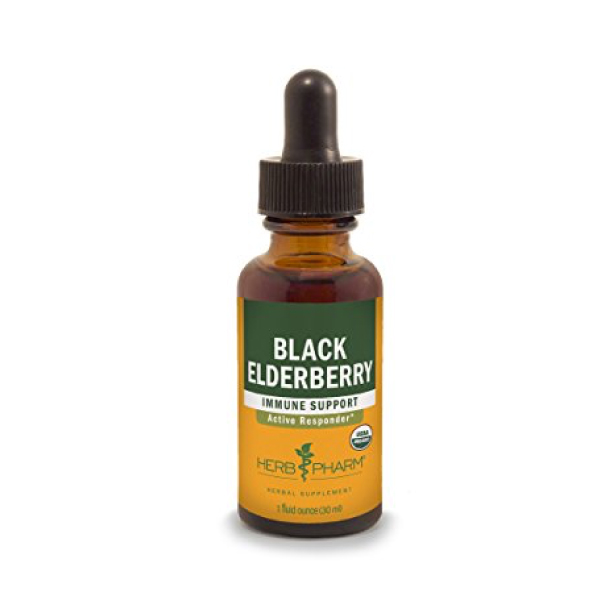
Liquid extracts are the preferred form of herbal delivery because they are quickly absorbed into the blood stream, store for long periods of time, and are easy to use.
Elder liquid extracts can be used to combat influenza within the first 48 hours of infection at a dose of around 2-6 mL/day.
This form of elder is useful as a prophylactic as well for those who have come in contact with an infected individual.
Most herbalists, or naturopaths will prepare a combination of elderberry extract with other plant extracts that either enhance the effects of the elder, or ameliorate the side effects. Some popular additions includes ginger, skullcap, and phytolacca.
2. Syrups
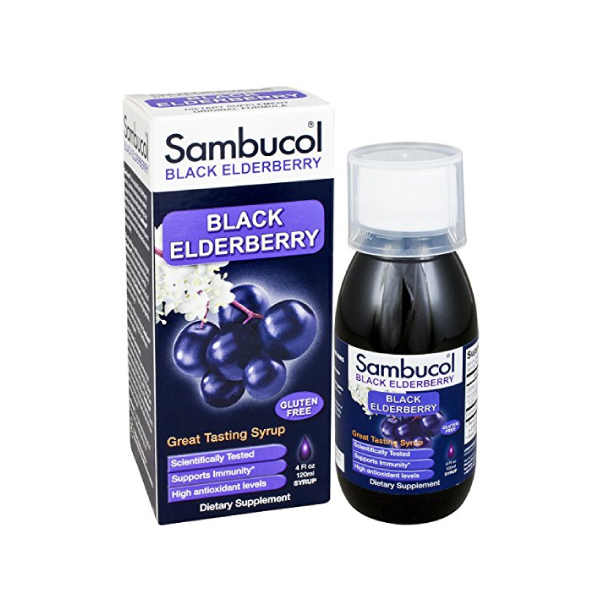
Syrups off an additional benefit to those suffering from influenza.
The soothing, demulcent activity of the syrup helps to ease a sore throat while simultaneously delivering the active constituents to the upper respiratory tract tissue.
These are a great method of using elderberry for children and adults alike for its great taste, and additional soothing effects.
You can make elderberry syrups at home quite easily with raw elderberries.
This syrup can then be used just like a regular syrup (keeping in mind that they shouldn't use too much), or consumed directly.
The only problem with syrups is that by the time a severe sore throat is experienced, the virus has already infected too much tissue to be treated effectively with anything. All influenza medications will work only if given within the first 48 hours of infection.
Preventing Side Effects Of Elder
The one thing to be cautious of when taking elder is its main side effect as an emetic.
This means it is notorious for causing nausea and vomiting.
The key to avoiding this is to choose an elder product that has been heated first, which allows the RIP 1 lignans to be broken down more efficiently by pepsin in the stomach, thus causing less nauseating effects.
Secondly, if taking elder and nausea is experienced, it is helpful to simply reduce the dose. The normal dose for elder liquid extract (1:2) is about 2-6 mL/day. Simply reduce the amount taken, or frequency to reduce the nauseating side effects.
If nausea cannot be avoided when taking elder, or if available, other herbs like ginger can be used to alleviate some of these symptoms. Taking a combination of herbs in this way is both common and recommended.
What Else Is Elder Good For?
Elder can do more than just stop the replication of influenza. Here are some of the other applications for elder outside of influenza:
1. Other Enveloped Viruses
Not only has elder shown beneficial activity towards inhibiting influenza viruses, it has also shown activity towards other enveloped viruses.
In a study done on a popular elderberry extract known as Sambucol®, it showed non-specific inhibitory activity on a variety of enveloped virus strains including HIV [4].
In an In vitro study of the antiviral potential of Sambucus nigra, researchers pretreated infectious bronchitis virus (IBV) (a coronavirus affecting chickens), with a Sambucus nigra extract.
The enveloped IBV virions treated with Sambucus nigra extract had compromised envelope protein spikes compared to the control by visual inspection [5].
This is the same inhibitory mechanism for influenza, and the likely mechanism for its inhibitory effects on a wide range of enveloped viruses.
Elder Has Been Shown To Inhibit the Following Enveloped Viruses
- Influenza A (various strains
- Influenza B
- HIV
- Feline immunodeficiency virus (FIV)
- Herpes simplex virus (HSV)
- Tobacco mosaic virus (plant virus)
- Mycoviruses (various)
- Haemophilus influenzae
- Coronavirus (in chickens)
2. Coughs
Sambucus is also considered an antitussive, which means it has the ability to inhibit or reduce the severity of coughing, further adding to the beneficial activity of elder with respiratory infections of influenza.
Where To Find Elder Extract
More Antiviral Herbs:
Recent Blog Posts:
References:
Nsimba-Lubaki, M., Peumans, W. J., & Allen, A. K. (1986). Isolation and characterization of glycoprotein lectins from the bark of three species of elder, Sambucus ebulus, S. nigra and S. racemosa. Planta, 168(1), 113-118.
Mariotti-Lippi, L.; Bellini, C.; Mori, S. Palaeovegetational reconstruction based on pollen and seeds/fruits from a bronze age archaeological site in Tuscany (Italy). Plant. Biosyst. 2010, 144, 902–908.
Martin, L.; Jacomet, S.; Thiebault, S. Plant economy during the Neolithic in a mountain context: The case of “Le Chenet des Pierres” in the french Alps (Bozel-Savoie, France). Veg. Hist. Archaeobot. 2008, 17, s113–s122.
Konlee, M. (1998). A new triple combination therapy. Positive health news, (17), 12.
Chen, C., Zuckerman, D. M., Brantley, S., Sharpe, M., Childress, K., Hoiczyk, E., & Pendleton, A. R. (2014). Sambucus nigra extracts inhibit infectious bronchitis virus at an early point during replication. BMC veterinary research, 10(1), 24.





